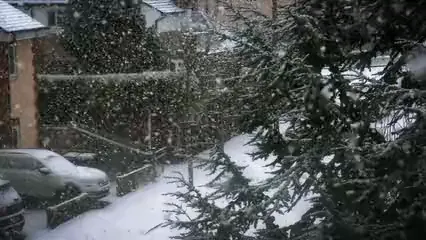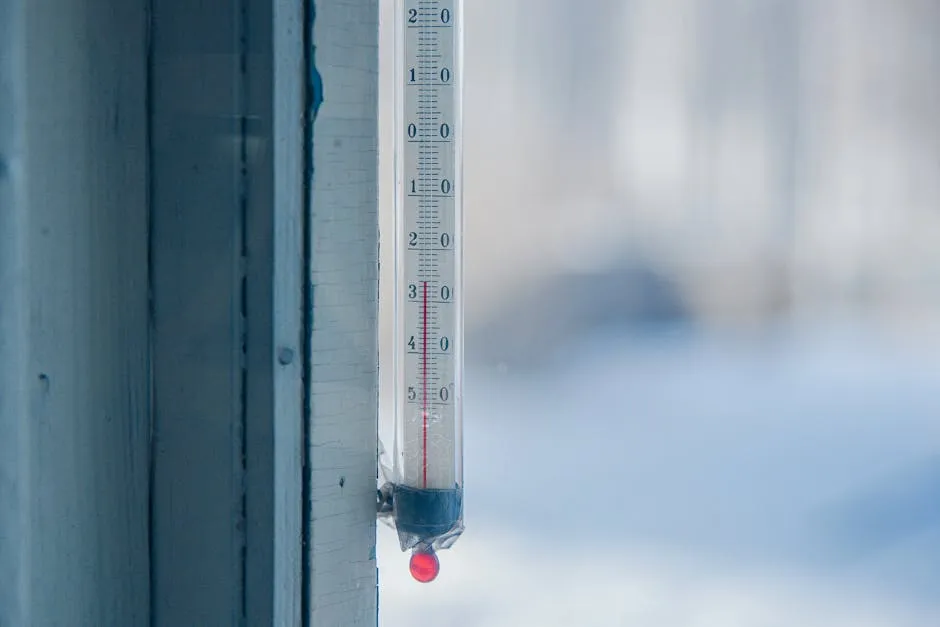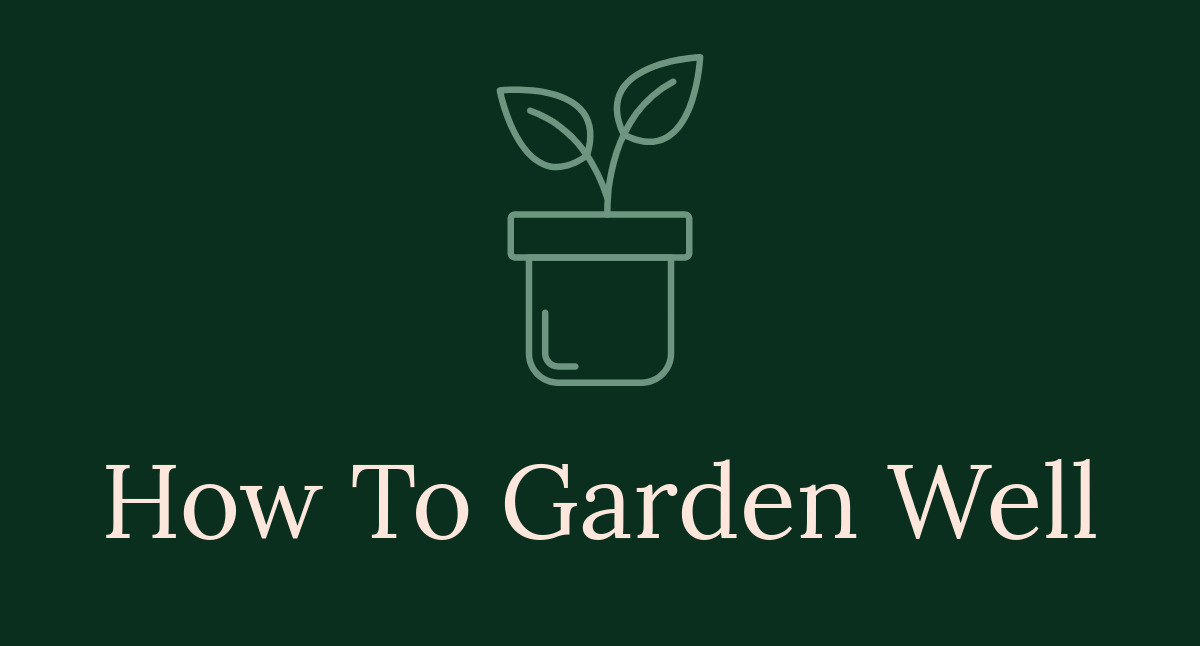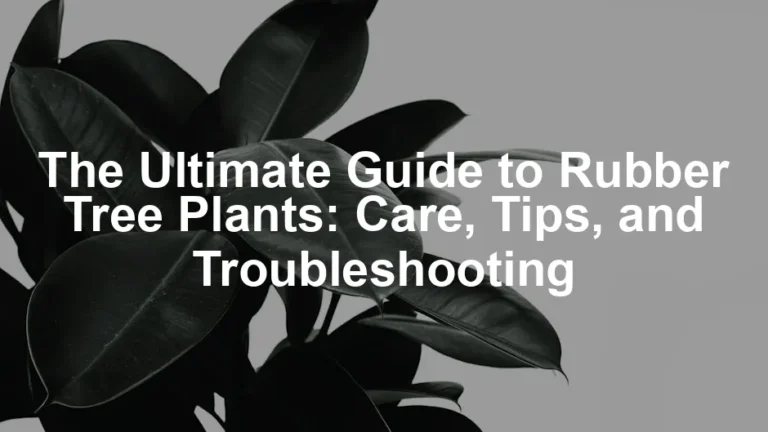

Plant Covers for Winter: A Comprehensive Guide to Protecting Your Plants
Introduction
Winter can be tough on your garden. Frost, snow, and cold temperatures can harm your plants. They may suffer from freeze damage or even die if not protected. This article covers how to shield your plants effectively during winter. We’ll explore various plant covers that help keep your garden thriving through the chilly months.
Summary and Overview
In this guide, we’ll discuss several key points. First, we’ll look at the benefits of using plant covers, such as extending your growing season and minimizing damage. Next, we’ll introduce different types of plant covers available today. Finally, we’ll share seasonal tips for using these covers effectively. Protecting your plants is essential for a successful garden, so let’s get started!

Burlap Wrap
Burlap wrap is a fantastic choice for winter plant protection. This breathable, natural fabric wraps around your plants, providing them with essential insulation. Its unique texture allows air to flow, preventing moisture buildup.
Using burlap wrap is particularly beneficial for trees and shrubs. It safeguards their bark from harsh winter winds and frost. You can easily find burlap plant wrap at garden centers or online. It’s not only effective but also eco-friendly, making it a great addition to your winter gardening toolkit.
Burlap wrap is an eco-friendly option for protecting your garden during winter. Learn more about winter gardening techniques.
Old Sheets and Blankets
Old sheets and blankets can be repurposed for your plants during winter. These common household items are lightweight and highly accessible. They offer a breathable layer of protection, shielding your plants from frost.
To use them effectively, simply cover the plants at night when temperatures drop. Make sure the covers reach the ground to trap warmth. You can secure them with rocks or stakes to prevent them from blowing away. Bed sheets for plants are a simple yet effective solution for winter plant protection.
But if you’re looking for something a bit more robust, consider investing in heavy-duty frost blankets. They provide an extra layer of insulation and can be reused for multiple seasons, making them a smart investment for your garden!

Bubble Wrap
Bubble wrap is an excellent insulating material for your plants. This versatile option retains heat, making it great for pots and greenhouse insulation. It works wonders in keeping temperatures stable around your delicate plants.
When choosing bubble wrap, opt for biodegradable options to stay eco-friendly. Use larger sheets to wrap pots or containers securely. This method not only protects your plants but also enhances heat retention. Bubble wrap insulation is a clever way to ensure your plants stay warm during chilly nights.
Cloches
Cloches are protective domes designed to shield individual plants. These structures guard against harsh weather conditions, ensuring your plants thrive in winter. They come in various materials, including glass, plastic, and even fabric.
Using cloches provides an extra layer of warmth for tender plants. They trap heat while allowing light in, promoting healthy growth. You can find a variety of plant cloches in garden stores, perfect for protecting your more delicate specimens. Investing in garden protection domes can significantly enhance your winter gardening efforts.

Frost Blankets
Frost blankets are heavy-duty covers designed for frost protection. They act as a barrier against harsh winter elements. These covers help maintain warmth around your plants. This ensures they stay healthy despite freezing temperatures.
The benefits of using frost blankets are impressive. They extend your growing season by protecting plants from frost. You can enjoy fresh produce longer into the season. These covers also prevent freeze damage, safeguarding your garden.
Frost blankets come in various sizes to suit different plants. Whether you have small flower beds or larger vegetable patches, there’s an option for you. Look for heavy-duty covers made of durable materials. This ensures they withstand winter weather while keeping your plants safe. You can find great options for heavy-duty frost blankets online.

Best Practices for Using Plant Covers
Timing
Knowing when to apply and remove your plant covers is crucial. Monitor weather forecasts to anticipate frost dates. Generally, cover plants in the evening before a frost is expected. Remove covers during the day for sunlight exposure. This helps plants breathe and receive needed warmth. Proper timing is essential for effective winter plant care.
Securing Covers
Securing your covers properly prevents wind damage. Use clips, ties, or stakes to anchor the covers. This keeps them in place during storms or windy days. Common materials for securing include garden ties and stakes. Make sure the covers fit snugly around your plants. This will provide optimal wind protection while allowing air circulation. Effective garden maintenance starts with well-secured plant covers.
For added support, consider using garden stakes and clips to keep everything in place during those blustery winter days!

Monitoring Weather
Keeping an eye on the weather is essential for successful winter gardening. Frost alerts and severe weather forecasts can affect your plants quickly. By staying updated, you can better protect your garden.
Weather conditions change rapidly in winter. This makes it crucial to adapt your plant cover usage. For instance, if a sudden drop in temperature is predicted, cover your plants earlier than planned. Conversely, warm days may allow you to remove covers temporarily, giving your plants sunlight.
Using a reliable weather app or checking local forecasts helps you stay informed. This way, you can respond promptly to protect your plants. Remember, timely actions can make a significant difference in preventing frost damage. If you’re really serious about monitoring the conditions, consider investing in a weather monitoring device to keep you up-to-date on the conditions affecting your garden!

Conclusion
Using plant covers during winter is vital for your garden’s health. They protect against frost, snow, and cold temperatures. Choose covers that suit your specific plants and local climate. Proper preparation ensures your garden thrives, leading to a successful growing season. Don’t underestimate the power of winter plant protection!
FAQs
What are the best materials for covering plants in winter?
Good options include horticultural fleece and burlap. These materials allow air and moisture to circulate while providing insulation.
How do I protect my potted plants from frost?
Move pots indoors on cold nights. If that’s not possible, wrap them in bubble wrap or burlap for added warmth.
Can I use plastic covers for my plants?
Using plastic covers can seem like a good idea. They’re cheap, easy to find, and can help keep your plants warm. However, there are some important downsides. Plastic covers often trap moisture. This can lead to mold growth and harm your plants. Breathable covers are a better choice. They allow air circulation while still providing protection from frost. This helps prevent moisture buildup. So, while plastic plant covers might work in a pinch, they aren’t the best long-term solution. Consider breathable options like burlap or fleece for healthier plants.
What plants need the most protection during winter?
Certain plants are more vulnerable to the cold. Frost-sensitive plants require extra care to survive winter. Here are some common types that need special attention: Tender Annuals: These include petunias and marigolds, which can’t handle frost. Vegetables: Tomatoes, peppers, and basil are very frost-sensitive. Tropical Plants: Species like hibiscus and orchids need warmth to thrive. Perennials: Some delicate varieties, like dahlias and geraniums, need protection too. By safeguarding these frost-sensitive plants, you can help ensure they thrive come spring.
How can I prevent moisture buildup under covers?
Moisture control is crucial when covering plants. Here are some tips to maintain proper ventilation and prevent issues: 1. Choose the Right Cover: Opt for breathable materials like burlap or horticultural fleece. These allow air to flow while protecting against frost. 2. Elevate the Cover: Use stakes or hoops to lift covers slightly off the plants. This creates space for air circulation and reduces moisture buildup. 3. Monitor Weather Conditions: On warmer days, remove covers to let plants breathe. This helps prevent condensation from forming under the cover. Keeping your plants dry and well-ventilated ensures they stay healthy throughout winter.
Please let us know what you think about our content by leaving a comment down below!
Thank you for reading till here 🙂
All images from Pexels



